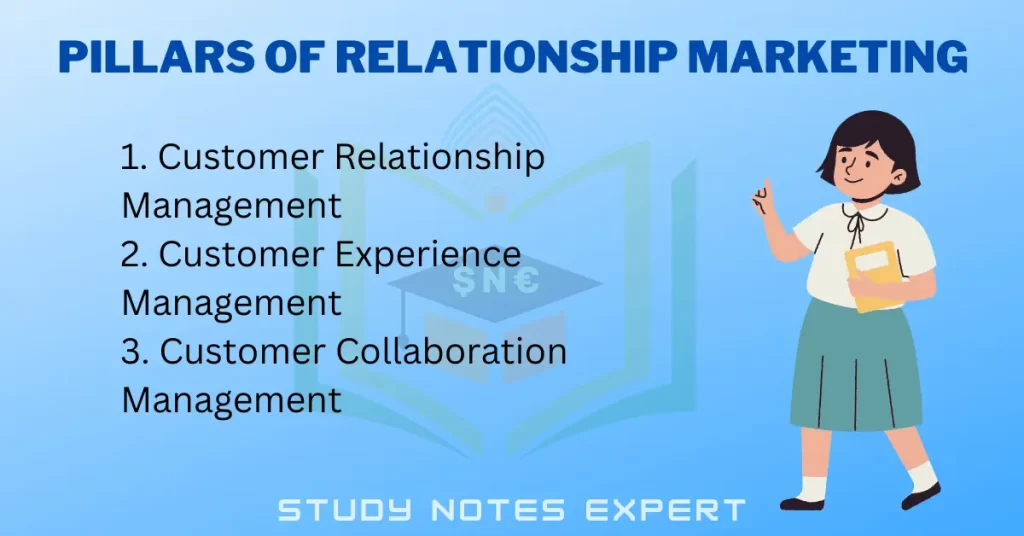Generally, the harmony of love and affection is known as a relationship. It can be the common platform that is created among all. Here, you will know the pillars of relationship marketing. Different types of beliefs are included in a wide range of synonyms, and there can be a lot of variations. Trusting and believing a person with whom an individual has a relationship is the most important element of the bonding, and thus a need for a uniform framework is identified. Having constant interaction for a fairly long time is fundamental to a relationship.
The incidents in which only a one-time association, like buying a car from a dealer, will not be considered a relationship. Frequent interactions between dyadic parties constitute a form of relationship. Identifying and retaining peal customers, making networks with them, and strengthening these networks through individualized, interactive session over a long period, is known as Relationship Marketing.
According to Professor Philip Kotler, “Relationship marketing builds long-term, trusting, and win-win relationships with customers, distributors, dea fare, and suppliers. Over time, relationship marketing promises and delivers high quality, efficient service, and fair prices to the other party. It is accomplished by strengthening economic, technical, and social ties between members of two organizations or between the marketer and the individual customer.”
Main 3 Pillars of Relationship Marketing
To support the customer relationship with the products and services of a firm, there are three main pillars of relationship marketing.

1. Customer Relationship Management
The first pillar is Terified Customer Relationship Management (CRM). This can be seen as a process where potential customers are first aimed at and obtained. Then these customers are served in such a manner that a long-term customer relationship is developed. In this way, CRM helps create value for both customers and organizations. Different types of data, information, knowledge, and customer insights are the elements of CRM,
2. Customer Experience Management
Customer Experience Management (CEM) is the next pillar of relationship marketing. In CEM, customer experiences (Le, channels encountered by the customers, and interaction and transaction of the customers with the organization or the product/service) are managed by different processes and methodologies.
3. Customer Collaboration Management
Customer Collaboration Management (CCM) is the third pillar of relationship marketing. It is the strategy used to involve the customer in a relationship-building interaction which is often conducted over social media. It is also known as ‘CRM 2.0’ and ‘social CRM. Generally, organizations monitor and direct the CCM, whereas customers have full control over it.

